Pavement Condition
Background
Quality pavement is a critical starting point for the transportation system in Washtenaw County. All road users, drivers, cyclists, pedestrians, and transit riders, depend on these surfaces to enable safe and reliable trips. Michigan is a leader in its use of data driven analysis to monitor and prioritize roadways for improvement. WATS participates in collecting this data, called PASER (Pavement Surface Evaluation and Rating), alongside MDOT, SEMCOG, and local agencies.
PASER System and Asset Management
The PASER system evaluates, on a rating scale from 1 to 10, the surface distresses pavement develops over time. These ratings support the pavement asset management system which encourages municipalities to think strategically to reduce the life-cycle cost of roadways. The pavement asset management system promotes preserving the existing roadway through lower cost interventions before more intensive and costly improvements are required. Based on the ratings, pavement segments are grouped into subgroups of Good, Fair and Poor pavement condition, each requiring a different intensity of improvement.
View the map below to see pavement deficiencies for your community. Clicking road segments will bring up road name and more detailed information. At the bottom of the page, PASER ratings are provided by miles in each community. Click the community names to see a detailed sheet with road condition information.
Pavement Deficiencies
Reconstruction (For Poor Pavement)
A full scale pavement reconstruction is recommended when the pavement is so deteriorated that all of the asphalt and some of the subbase must be removed and replaced.
A complete pavement reconstruction may be necessary if:
- There is clear damage to the sub-base.
- Alligator or block cracking is prevalent.
- The pavement is not able to support current traffic loads.
- There are water or drainage problems.
Preventive Maintenance
Preventive maintenance is required as part of a planned strategy of cost-effective treatments to an existing roadway system to extend the life of the pavement, prevent future deterioration, and maintain or improve the functional condition of the system (without increasing the structural capacity).
Preventive maintenance may be required to:
- Improve structurally sound pavement
- Joints and cracks are beginning to deteriorate
- Address surface roughness
Routine Maintenance (Good Pavement)
Routine maintenance is used to keep pavement in the Good subgroup as long as possible at minimal cost. Routine maintenance often involves spot specific application of preventive maintenance techniques.
Routine maintenance may be required to:
- Address minor pavement issues
- Fill small cracks in pavement to prevent growth



